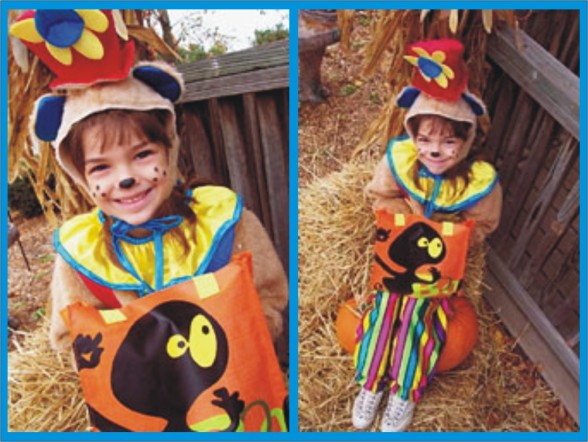Well it’s been quite a while since I last posted something… just thought it would be good to do a reflection on my last lesson on photography with my DMC students.
Here’s some of their works:
Here’s Part 1 of my notes:
Looking your subject in the eye
Direct eye contact can be as engaging in a picture as real life. When taking a picture of someone, hold the camera at the person’s eye level to unleash the power of those magnetic gazes and mesmerizing smile. An eye level angle will create a personal and inviting feeling that pulls you into the picture.
Noticed the picture on the left is better from that of the right:

Use a plain background
A plain background shows off the subject you are photographing. When you look through the camera’s viewfinder, force yourself to study the areas surrounding your subject and around the frame.
Make sure no poles grow from the head of your subject and no cars seem to dangle from your subject’s ears.
Left picture looks better than the right:

Use Fill-in Flash outdoors
Bright sun can create unatteactive deep facial shadows. You can eliminate these shadows by using your flash to lighten the face. Here’s a before & after shot:

Move in Close
If your subject is smaller than a car, take a step or two closer before taking the picture and zoom in on your subject.
Your goal is to fill the picture area with the subject you are photographing. Up close and personal allows you to reveal details. Do check for the minimal focusing distance, estimated about 3 ft for most cameras.
The picture on the left shows a better and more personal shot. Also observe the composition technique of “Power of Center”

Move away from the middle!
There are times which you use “Power of Center” Rule with Depth of Field. But sometimes, it is good to break the rule and go off center. Center stage is a great place for portraits or performer, but in landscape and especially still-life subjects, use the “Lock Focus” function to bring or move the subject off center. Normally the intersection points of the 1/3 rule position helps create a better composition.

Lock the Focus
Usually done in 3 steps:
1) Center the subject and semi -depress and hold the shutter button halfway down. (Some cameras have focus buttons)
2) Reposition the camera and compose your shot
3) Capture the moment by pressing the shutter button all the way down.
Some cameras have Auto-Focus turned on. You will need to turn it off :


 June 3, 2009
June 3, 2009 
No comments yet... Be the first to leave a reply!